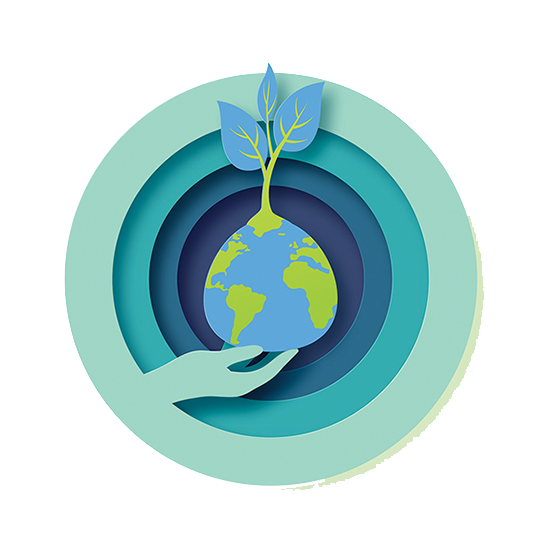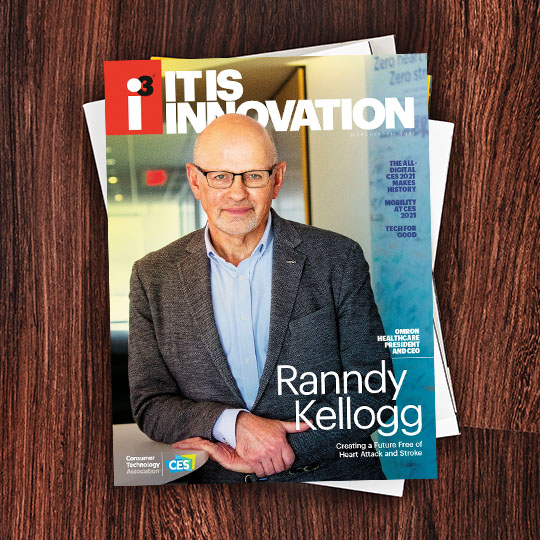
These trends are also supported by the latest government data. According to the Environmental Protection Agency’s (EPA’s) latest Advancing Sustainable Materials Management Facts and Figures report published in November 2020, electronics are again the fastest declining segment of the municipal solid waste stream. According to the EPA data, consumer electronics waste generation declined by 4.9% from 2017 to 2018 — the next closest material or product type decreased by only 1.4%.
The consumer tech industry has established a trajectory that truly is sustainable — using less materials in our products even as demand for devices increases. The front-end investments are also being met with back-end solutions. Through continued innovation and leadership from the consumer technology industry, CTA and its members are working to increase recycling and make it easier for consumers to recycle their used electronics.
CTA's members are leading the way, supporting certified recycling programs throughout the U.S. Many of these companies also provide repair networks for their products that deliver safe, effective and secure services to customers. For more information, visit GreenerGadgets.org.

I3, the flagship magazine from the Consumer Technology Association (CTA)®, focuses on innovation in technology, policy and business as well as the entrepreneurs, industry leaders and startups that grow the consumer technology industry. Subscriptions to i3 are available free to qualified participants in the consumer electronics industry.